Sound Waves Worksheet
Are you a music teacher or a physics enthusiast looking for a comprehensive and engaging worksheet on sound waves? Look no further! In this blog post, we will explore the importance of worksheets as a tool for understanding and reinforcing concepts related to sound waves. Whether you are a student, teacher, or simply someone interested in learning more about this fascinating topic, this worksheet will provide you with a valuable resource to enhance your knowledge and skills.
Table of Images 👆
More Other Worksheets
Kindergarten Worksheet My RoomSpanish Verb Worksheets
Cooking Vocabulary Worksheet
DNA Code Worksheet
Meiosis Worksheet Answer Key
Art Handouts and Worksheets
7 Elements of Art Worksheets
All Amendment Worksheet
Symmetry Art Worksheets
Daily Meal Planning Worksheet
What is a sound wave?
A sound wave is a type of pressure wave that carries energy through a medium, such as air or water, by causing particles in the medium to vibrate back and forth. These vibrations create changes in pressure that propagate through the medium, eventually reaching our ears and allowing us to hear the sound.
How are sound waves produced?
Sound waves are produced by the vibration of an object, such as a vocal cord, speaker cone, or instrument string. When an object vibrates, it causes the surrounding air particles to vibrate, creating a series of compressions and rarefactions that travel through the air as a sound wave. The frequency of the vibration determines the pitch of the sound, while the amplitude of the vibration determines the volume.
What is the difference between a longitudinal wave and a transverse wave?
A longitudinal wave is a wave where the particles of the medium move parallel to the direction of the wave, while a transverse wave is a wave where the particles of the medium move perpendicular to the direction of the wave. In short, the main difference between them lies in the direction in which the particles of the medium oscillate in response to the wave.
How does the amplitude of a sound wave affect its volume?
The amplitude of a sound wave directly affects its volume; a higher amplitude results in a louder sound, while a lower amplitude produces a softer sound. This is because the amplitude of a sound wave determines the intensity or strength of the wave, impacting how much energy is carried by the sound wave. Consequently, a larger amplitude will create a more intense wave, leading to a louder volume, whereas a smaller amplitude will result in a weaker wave and a lower volume.
What is the frequency of a sound wave?
The frequency of a sound wave is the number of complete cycles of a wave that occur in one second, measured in units called Hertz (Hz). It determines the pitch of the sound, with higher frequencies corresponding to higher pitches and lower frequencies corresponding to lower pitches.
How is the pitch of a sound wave related to its frequency?
The pitch of a sound wave is directly related to its frequency. A higher frequency sound wave will result in a higher pitch, while a lower frequency sound wave will result in a lower pitch. In other words, as the frequency of a sound wave increases, the pitch of the sound also increases, and vice versa.
What is the role of a medium in transmitting sound waves?
A medium, such as air, water, or a solid material, plays a crucial role in transmitting sound waves by allowing the vibrations caused by sound energy to propagate through it. The particles of the medium move back and forth in the direction of the wave, transferring energy from one particle to the next, which ultimately results in the transmission of sound waves through the medium. The properties of the medium, such as its density and elasticity, determine how efficiently it can transmit sound waves.
How does the speed of sound waves change in different mediums?
The speed of sound waves changes in different mediums based on the density and elasticity of the medium. Generally, sound waves travel faster in denser and more elastic mediums, such as solids, compared to less dense and less elastic mediums, such as gases. This is because the particles in denser mediums are closer together, allowing for faster transmission of sound energy through the medium.
What is the relationship between wavelength and frequency in a sound wave?
The relationship between wavelength and frequency in a sound wave is inversely proportional. This means that as the wavelength of a sound wave decreases, the frequency of the wave increases, and vice versa. In other words, shorter wavelengths are associated with higher frequencies, while longer wavelengths correspond to lower frequencies.
How do sound waves interact with different obstacles or barriers in their path?
Sound waves interact with obstacles or barriers in their path by undergoing various processes such as reflection, diffraction, absorption, and transmission. Reflection occurs when sound waves bounce off a surface, changing their direction. Diffraction is the bending of sound waves around obstacles, allowing them to spread out. Absorption happens when sound waves are absorbed by a barrier, reducing their intensity. Transmission occurs when sound waves pass through a barrier with minimal disruption. These interactions play a crucial role in determining how sound behaves in different environments and can affect factors like echo, reverberation, and sound quality.
Have something to share?
Who is Worksheeto?
At Worksheeto, we are committed to delivering an extensive and varied portfolio of superior quality worksheets, designed to address the educational demands of students, educators, and parents.

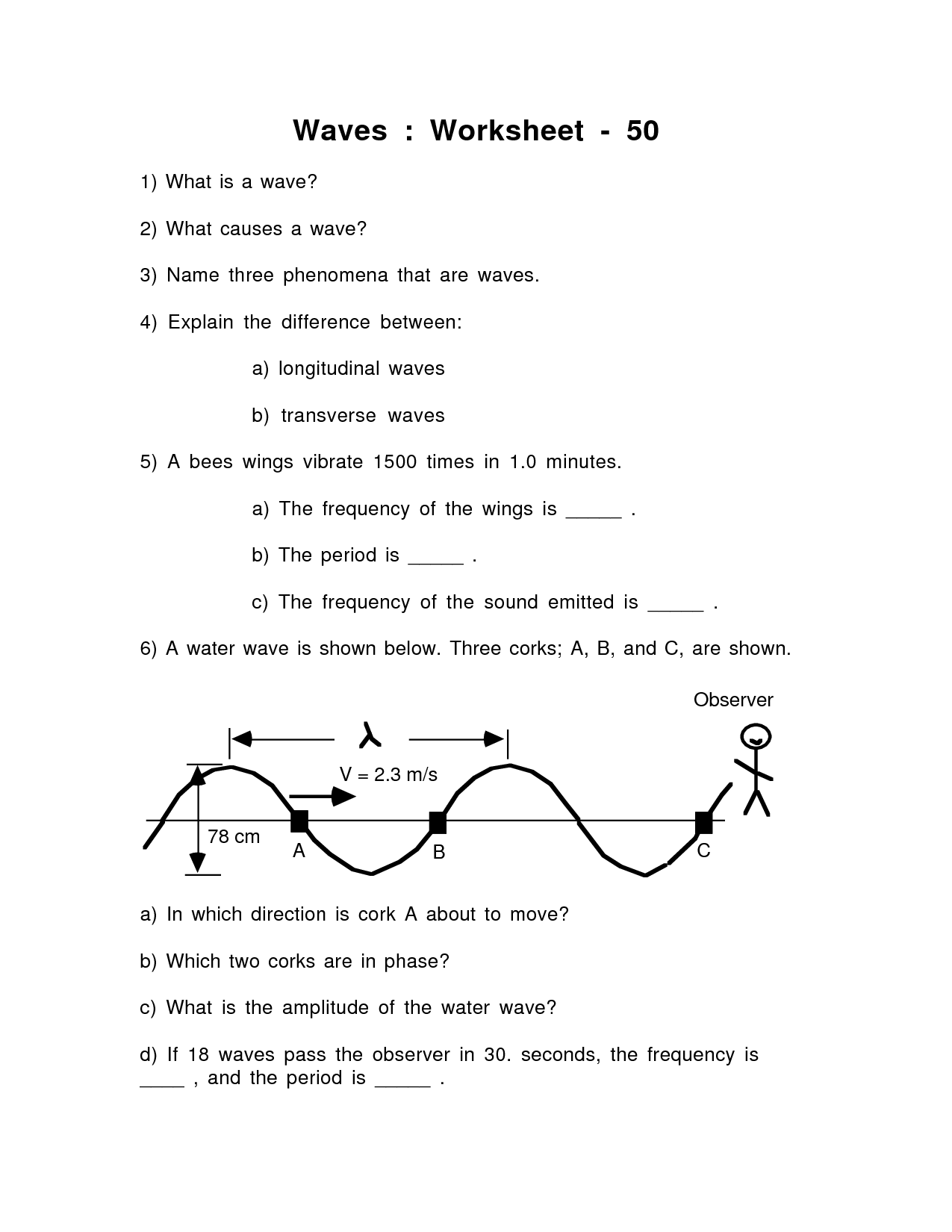



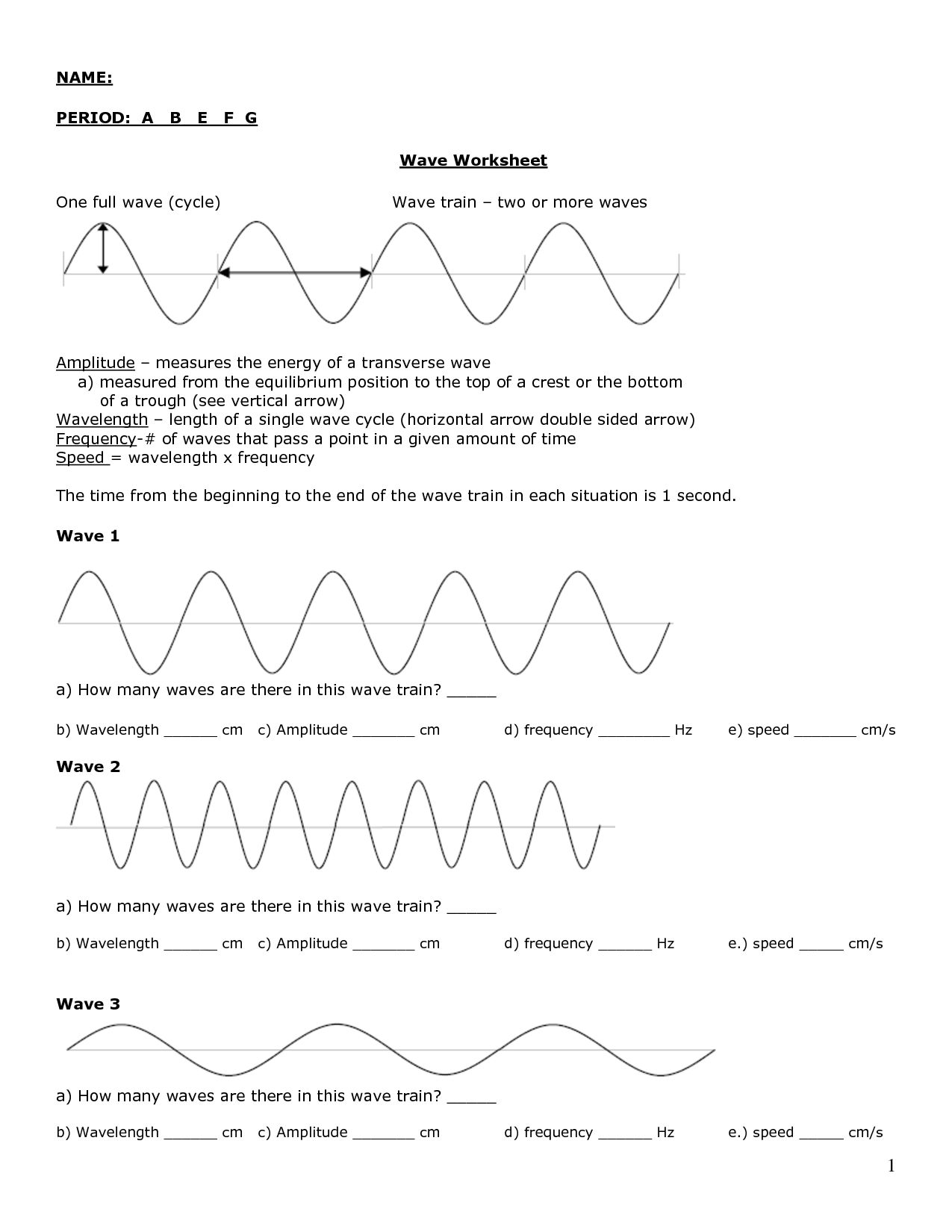
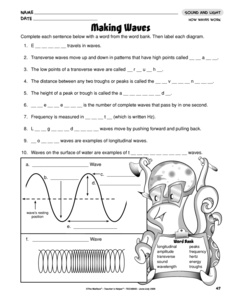


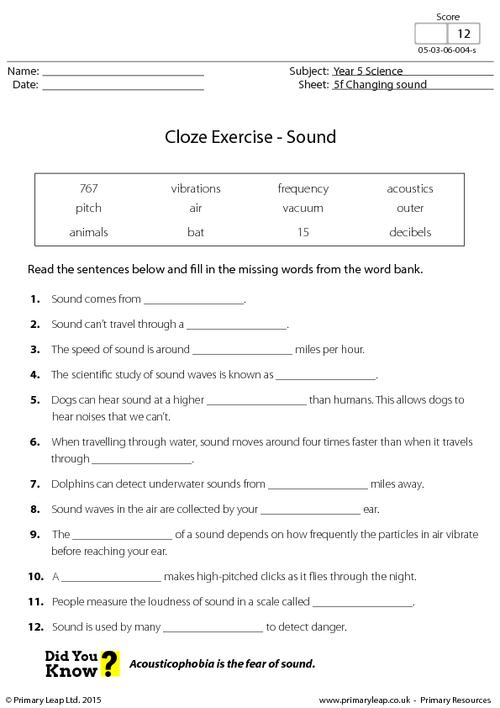

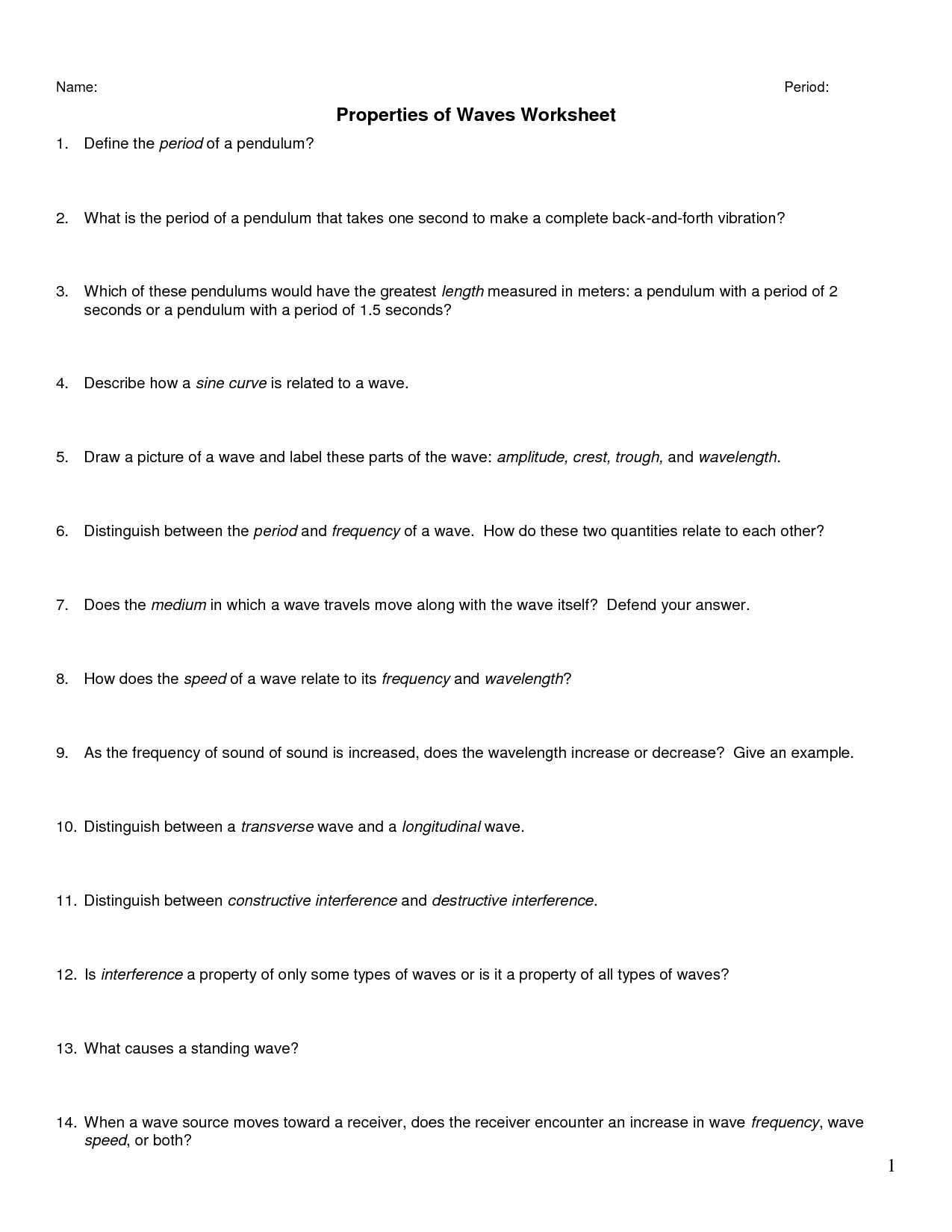
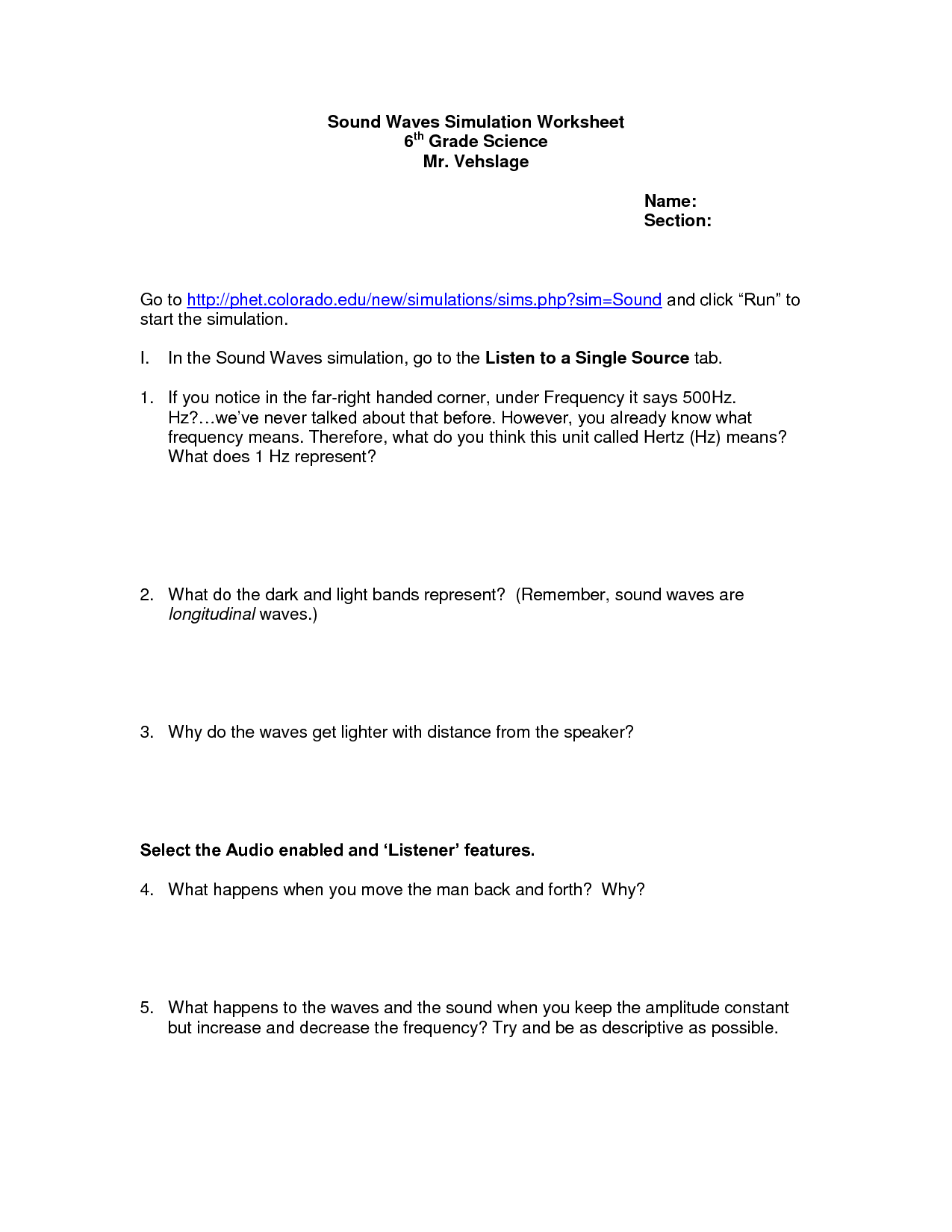
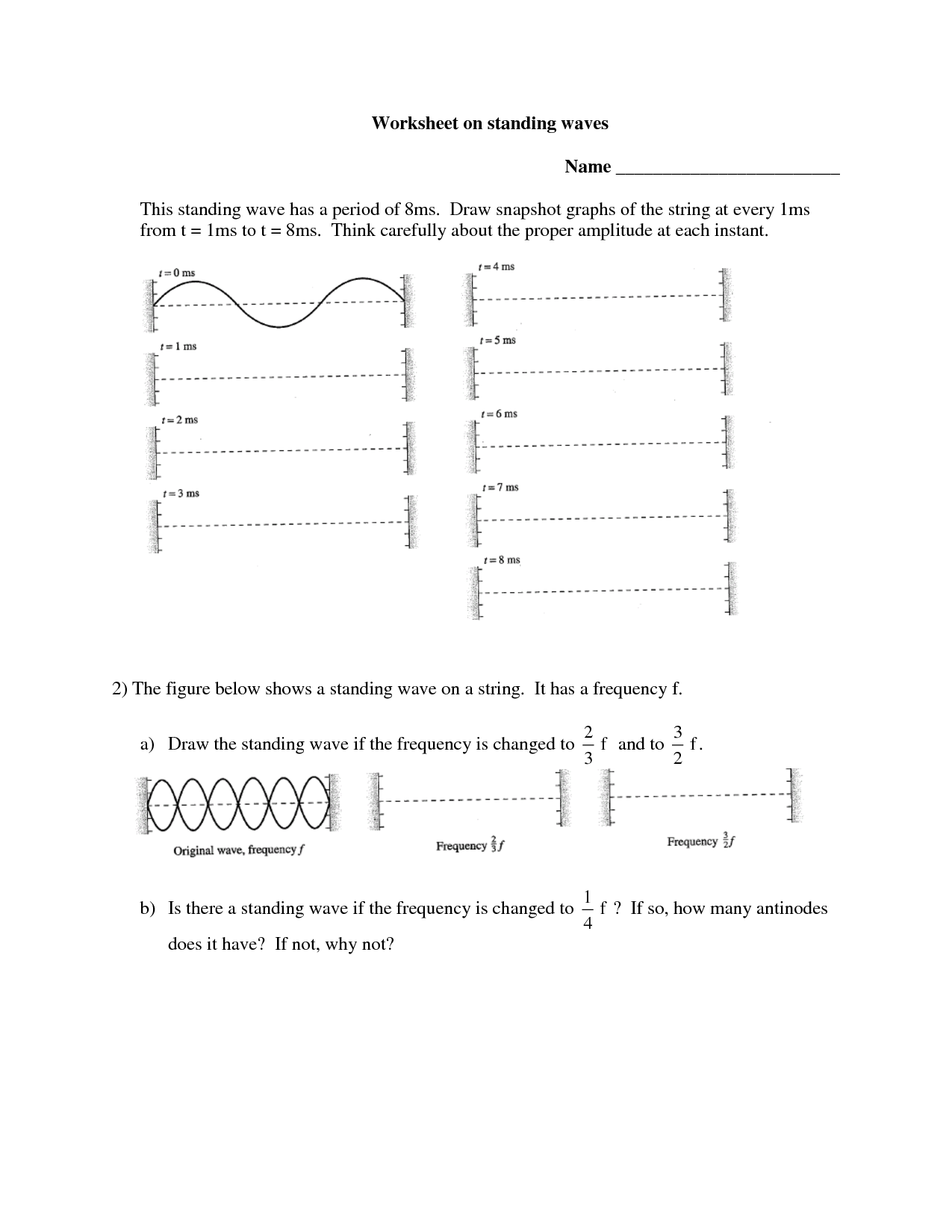














Comments